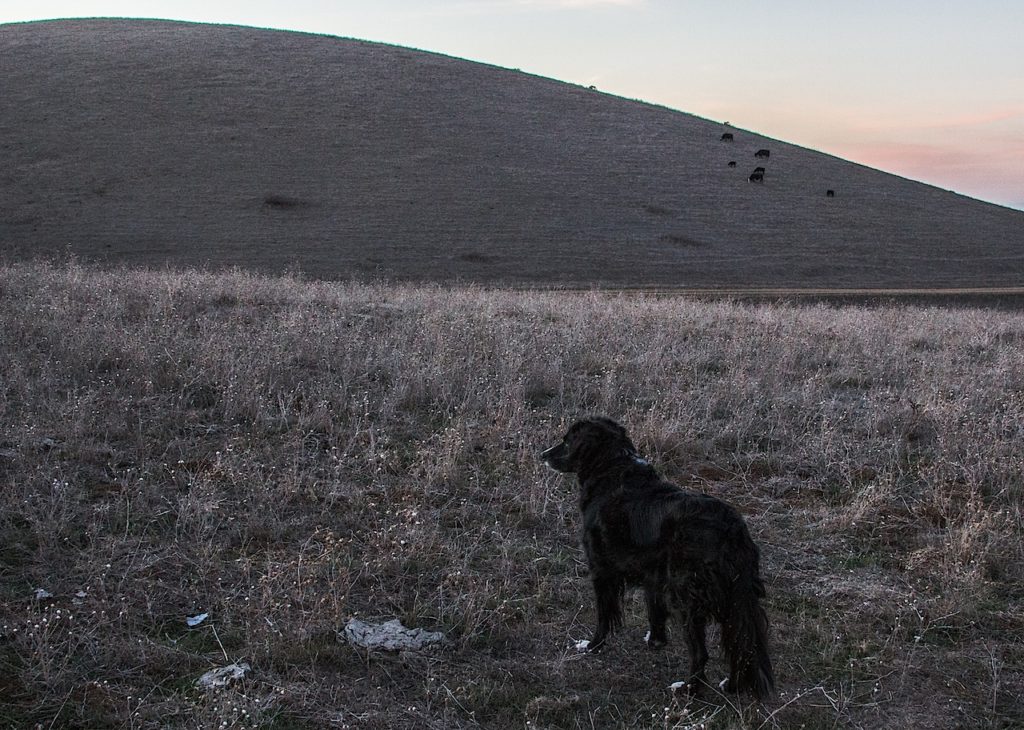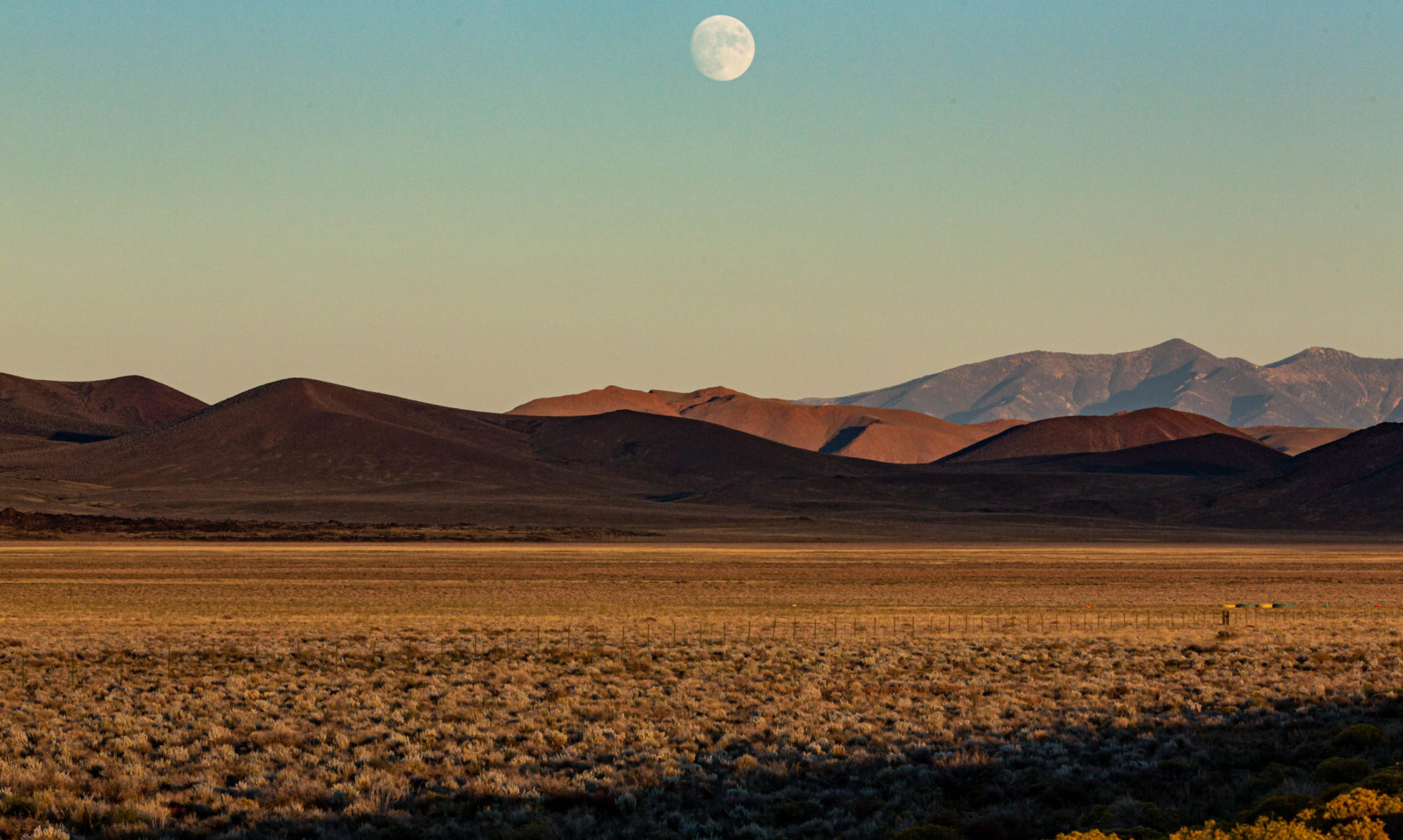
My mom’s older brother, Bill Hogan, getting carried off to a paddy wagon during a demonstration in mid-1960s Chicago. His is one of two January 9 birthdays I think of every year. (Photo by way of my brother Chris.)
It’s Richard Nixon’s one hundredth birthday today. I always remember the date because it’s the same, ironically, as that of my Uncle Bill, a far-left-wing Roman Catholic priest (born in Chicago 14 years after the future president) who spent much of Nixon’s one-term-plus in office marching against him.
Nixon was a dominant figure in my consciousness growing up. My mom was a Democratic precinct captain in Park Forest, one of Chicago’s far southern suburbs, during the 1960 presidential campaign. She was Irish-American, Catholic, and liberal, and crazy about John F. Kennedy. She got hold of what I remember being a huge Kennedy poster, maybe four feet by six feet, and put it up in the living-room picture window. My dad thought it might invite a rock through the window.
Late in the campaign, Nixon stopped in Park Forest, then a rather liberal pocket of the suburbs, and we went to see him. As I remember it, he spoke from a platform set up near the clock tower in the center of the Park Forest Plaza, one of Chicagoland’s first shopping malls. After my dad found a spot in the packed parking lot and we were walking toward the plaza, someone who was leaving the event handed us several Kennedy signs on sticks. Mom and Dad gave the placards to me and my brothers, John and Chris. They wanted us to go up close to the stage and wave the signs while Nixon spoke. I was six. I was aware we were involved in some kind of prank, and I was happy to go along. We got up there, NIxon came on, and we started waving the signs. I don’t remember what he said, except for one thing. “I see a lot of you with Kennedy signs out there,” he remarked. “And I just hope you change your minds by Election Day.”
Mom really disliked Nixon. I remember her talking about his highly publicized attempt to save a home he was renting in Los Angeles in November 1961. Nixon got up on the roof and started spraying it down with a garden hose as the wind-driven wildfire fire approached; Mom saw Nixon’s act as grandstanding. She also remarked on what a bad sport he was when he declared “you won’t have Nixon to kick around anymore” after losing the 1962 governor’s election in California.
And then, of course, he came back.
I guess it’s safe to say now that I’m the one who assassinated him. That’s right. I had a very detailed dream when I was about 16 that I shot Nixon. (Another dream I remember from my adolescence involved witnessing Indira Gandhi’s hanging by mob in India; still another involved some sort of romantic get-together with Joan Baez; I woke the next morning to encounter a story in the paper in which she declared she was bisexual.)
I’m guessing the Nixon dream occurred some time in the spring of 1970 or so, because it contained a shred of an event that really happened. In May of that year, there was a huge protest in Washington in reaction to Nixon’s expansion of the Vietnam War to Cambodia and Laos and the subsequent killing of student protesters at Kent State (in Ohio) and Jackson State (in Mississippi). With the capital packed with angry students, Nixon did something that’s unimaginable today: He went out before dawn one morning, accompanied only by a driver, to visit some of the protesters at the Lincoln Memorial (I find his willingness to go out and talk as amazing to contemplate as Lincoln’s wandering around Washington unprotected during most of the Civil War).
In my dream, I was looking through a telescopic sight as Nixon arrived at the Lincoln Memorial in a military jeep, surrounded by army guys. A hot, sunny day. He was unshaven and sweaty looking–haggard–wearing a white dress shirt and black slacks, but in shirtsleeves. I understood there’d been a coup of some kind, and he was arriving at the Lincoln Memorial to give a speech announcing–what? That the military was taking over, I guess. He went up the memorial steps to speak, but before he said a word I shot him.
I escaped the area, then found myself in my grandmother’s living room–my dad’s mother’s house–on the North Side of Chicago. The TV was on–a small black-and-white model. One clip was being played over and over: The moment Nixon was shot, then falling. The image’s viewpoint was the same as mine through the telescopic sight. I turned away from the TV, glanced out the window, and saw figures moving behind cars parked at the curb. Police. I’d been tracked down, and they were sure to kill me.
And that’s all I remember of that dream.
Several years later, in waking life, I hitchhiked east to see if I could get into the Senate Watergate hearings. I was short on money and unprepared for how much a hotel cost in Washington, so I wound up doing something else you can’t imagine anymore: I slept out with my pathetic little blanket on the grounds of the Washington Monument. Sleeping outdoors did assure I’d get up early for the predawn distribution of tickets to the day’s hearing. I did get in, and what I remember was Dick Cavett sitting in a seat a few rows in front of where I stood, at the back of the Senate Caucus Room (I’m guessing he hadn’t needed to show up at 5 in the morning for the ticket giveaway).
The very next year, I thumbed out to Shenandoah National Park in Virginia and was in a campground there the night Nixon resigned. After that, there was a long hiatus in our relationship, broken by the occasional TV interview (his) or book (his) or embarrassing presidential tape (his) or opera (a Berkeley composer’s). In 1994, we went down to the Nixon Library and Museum in Yorba Linda a couple of weeks after his funeral. If you’re down there, it’s worth a stop just to see how thoroughly a man’s career can be sanitized.
For today, all that’s ancient history. Richard Milhous Nixon: Happy 100th birthday.
And in passing, below is another piece of ancient history I’ve been sitting on. It’s the first piece I ever wrote for a daily paper, 40 years ago last month. As you can see, my theme was Nixon then, too. (Also there’s the hair. And the byline. But those are stories for another day. Click for a larger, and perhaps readable, image.)

Like this:
Like Loading...


